
Canning is a wonderful way to preserve the bounties of the harvest and enjoy delicious, home - made foods throughout the year. However, if you live at a high altitude, the process of canning becomes a bit more complex. The lower air pressure at high altitudes affects the boiling point of water and the way heat is transferred during the canning process. This means that you need to make specific adjustments to your canning procedures to ensure the safety and quality of your canned goods. Here are some helpful tips to guide you through high - altitude canning.
First and foremost, understand the impact of altitude on canning. At sea level, water boils at 212°F (100°C). But as you go higher in altitude, the boiling point of water decreases. For every 1,000 feet increase in altitude, the boiling point drops about 1.8°F. This reduction in boiling point means that the heat required to kill harmful bacteria, yeasts, and molds may not be reached under normal canning conditions. As a result, you need to either increase the processing time or the pressure when canning at high altitudes.
When it comes to water - bath canning, which is suitable for high - acid foods like fruits, jams, jellies, and pickles, you'll need to extend the processing time. For altitudes between 1,000 and 3,000 feet, add 5 minutes to the recommended processing time. If you're at an altitude of 3,001 to 6,000 feet, add 10 minutes. And for altitudes above 6,000 feet, add 15 minutes. This extra time ensures that the food inside the jars reaches a high enough temperature to destroy any potential pathogens.
For pressure canning, which is used for low - acid foods such as vegetables, meats, and soups, you need to adjust the pressure according to your altitude. At altitudes below 1,000 feet, a pressure of 10 pounds is typically recommended for a weighted - gauge canner or 11 pounds for a dial - gauge canner. But at altitudes between 1,000 and 2,000 feet, increase the pressure to 11 pounds for a weighted - gauge canner or 12 pounds for a dial - gauge canner. For altitudes between 2,001 and 4,000 feet, use 12 pounds for a weighted - gauge canner or 13 pounds for a dial - gauge canner. At altitudes between 4,001 and 6,000 feet, the pressure should be 13 pounds for a weighted - gauge canner or 14 pounds for a dial - gauge canner. And for altitudes above 6,000 feet, use 15 pounds of pressure for both types of canners.
Another important aspect is the preparation of your jars and lids. Make sure your jars are clean and free of any cracks or chips. You can wash them in hot, soapy water and then rinse thoroughly. To sterilize the jars, you can either place them in a boiling water bath for 10 minutes or run them through a hot cycle in the dishwasher. The lids should be new and in good condition. Place the lids in hot (not boiling) water until you're ready to use them.
When filling the jars, leave the appropriate headspace. Headspace is the space between the top of the food and the rim of the jar. The amount of headspace required depends on the type of food you're canning. For most fruits and vegetables, a 1/2 - inch headspace is recommended. For jams and jellies, 1/4 - inch headspace is usually sufficient. Leaving the correct headspace allows for expansion during the canning process and helps create a proper seal.
After filling the jars, wipe the rims clean to remove any food particles. This ensures a good seal between the jar and the lid. Place the lids on the jars and screw on the bands fingertip - tight. Do not overtighten the bands, as this can prevent air from escaping during the canning process and lead to a faulty seal.
Once your jars are prepared, it's time to start the canning process. For water - bath canning, place the filled jars in a large pot with enough water to cover the jars by at least 1 - 2 inches. Bring the water to a boil and then start the timer according to the adjusted processing time. For pressure canning, follow the manufacturer's instructions for loading the canner, adding water, and bringing it to the correct pressure. Once the processing time is complete, turn off the heat and let the canner cool down naturally. For water - bath canning, use tongs to carefully remove the jars from the pot and place them on a towel - lined surface to cool.
After the jars have cooled, check the seals. Press the center of the lid. If it doesn't move or make a popping sound, the jar is sealed. If the lid pops up and down, the jar is not sealed and should be refrigerated and consumed within a few days. Store the sealed jars in a cool, dark place. They can last for up to a year or more, depending on the type of food.
In conclusion, high - altitude canning requires some extra attention and adjustments, but with these tips, you can successfully preserve your favorite foods. By understanding the effects of altitude on the canning process, making the necessary adjustments to processing time and pressure, and following proper jar preparation and sealing techniques, you can enjoy the fruits of your labor all year long. So, don't let high altitude stop you from canning. With a little knowledge and practice, you'll become a master of high - altitude canning in no time.

How to Make Popcorn on the Stove Perfectly Every Time
When you know how to make popcorn on the stove simply from popcorn kernels and oil, you’ll always choose stovetop popcorn over bagged microwave popcorn.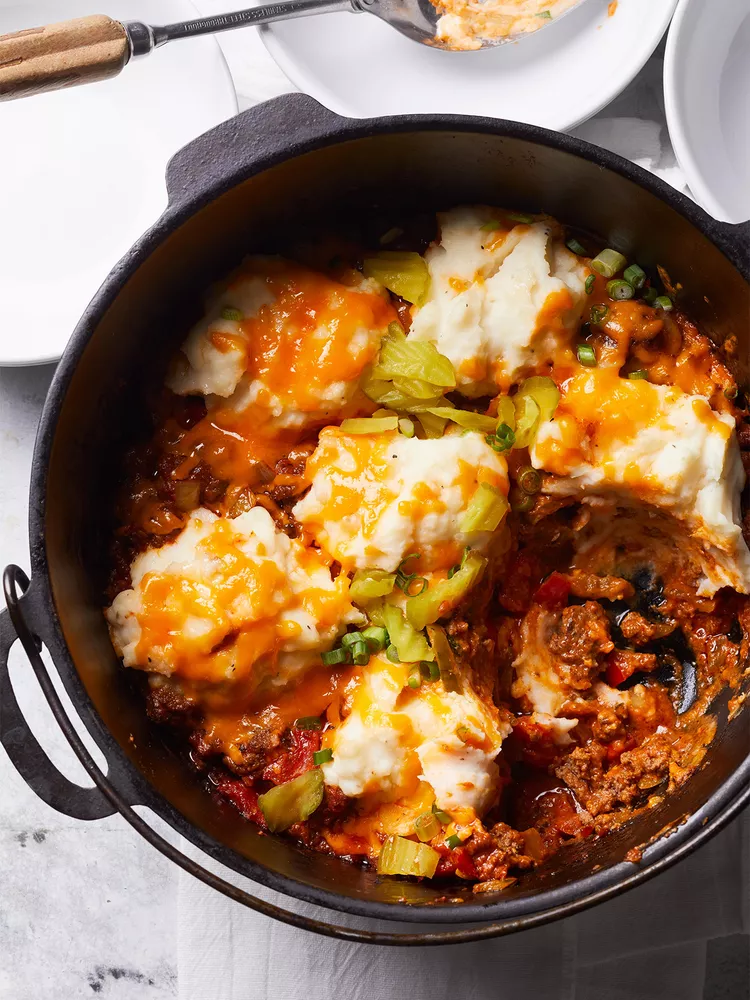
23 One-Pot Meal Ideas for Quality Dinners with Less Cleanup
Sometimes you just need a nourishing and delicious meal without having to use multiple pots, pans and dishes. This roundup has some classic dutch oven recipes that benefit from a nice simmer on the stovetop and/or oven (think pot roast and short ribs). But you'll also find quick and easy one-pot recipes such as pasta, soups and even pot pies. So grab your dutch oven or stockpot and let's get cooking!
A Symphony of Flavors: The Strawberry Salad Extravaganza
A Symphony of Flavors: The Strawberry Salad Extravaganza
The Secret of Hassle - Free Side Dishes
The Secret of Hassle - Free Side Dishes
The Magic of Meat - Free Dinners
The Magic of Meat - Free Dinners
A Modern Twist on an Old - School Vegetarian Delight
A Modern Twist on an Old - School Vegetarian Delight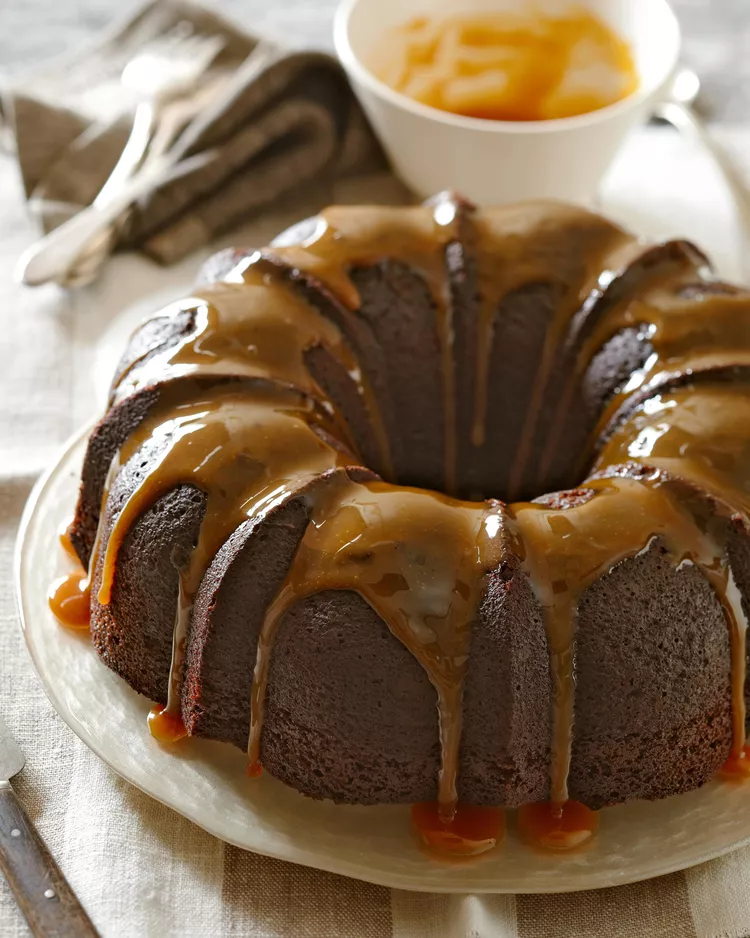
Bourbon-Chocolate Tipsy Cake
What makes this chocolate cake recipe tipsy? Plenty of bourbon in the batter, plus we call for brushing on a bit more after the cake cools. To finish the bourbon-chocolate cake, drizzle with a spiked caramel sauce.
A Luscious Red Velvet Delight for Special Occasions
A Luscious Red Velvet Delight for Special Occasions
Adding Cachaça to Your Liquor Lineup Is the Easiest Way to Upgrade Your Home Bar
Cachaça—the main ingredient in the Caipirinha cocktail—has the potential to take your bar cart to professional status.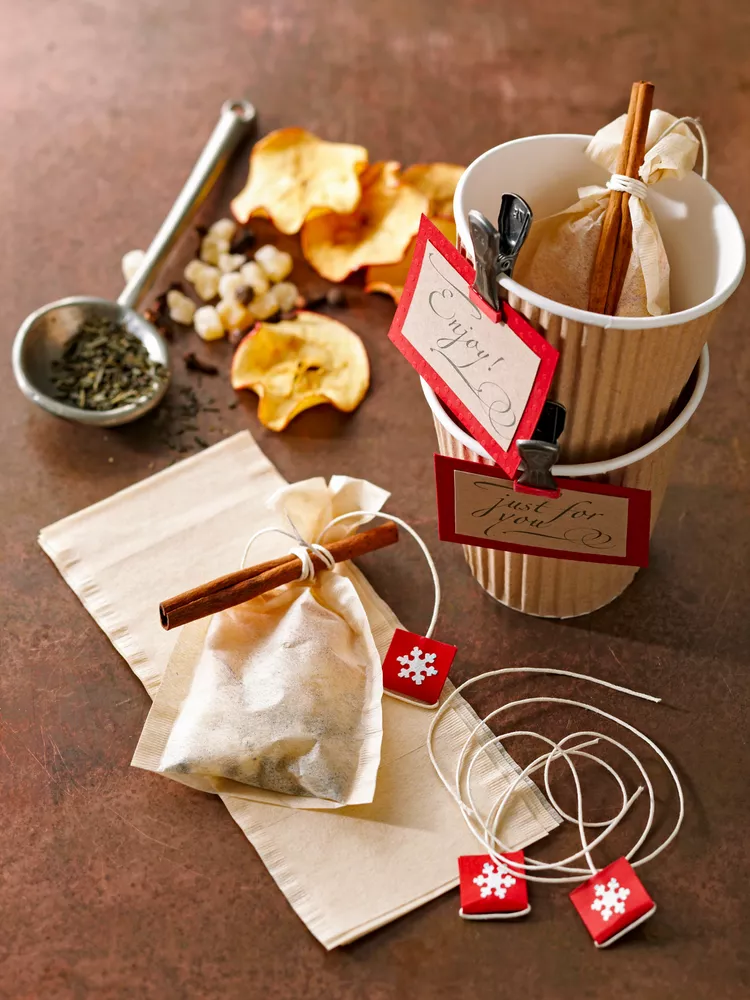
Spiced Apple Tea Mix
Spiced Apple Tea Mix
A Juneteenth Feast from Philadelphia's Honeysuckle Provisions
A Juneteenth Feast from Philadelphia's Honeysuckle Provisions
12 Halloween Appetizers That Will Be a Hit at Any Party
Your Halloween appetizers should be as creative as your costume.
Delicious Low - Calorie Veggie Side Dishes for Potlucks
Delicious Low - Calorie Veggie Side Dishes for Potlucks
Butternut Squash and Chickpea Curry
Green curry paste is a blend of lemongrass, green chiles, and Thai ginger. It gives the dish just enough heat.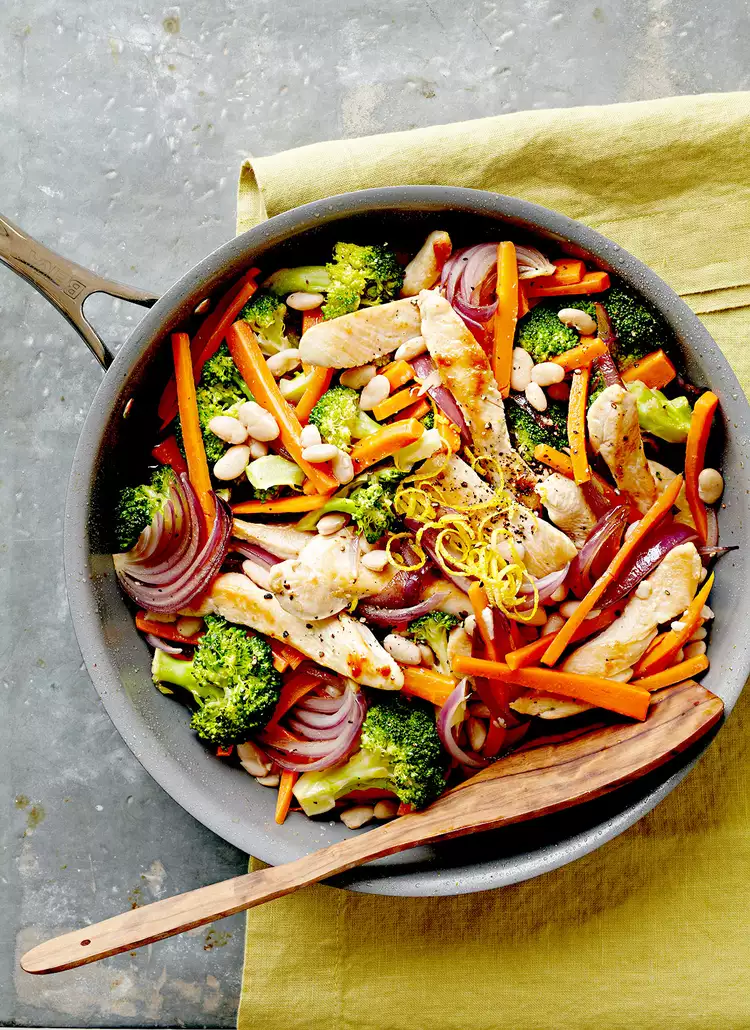
27 One-Pot Chicken Meals You Can Make for Dinner Tonight
Take the hassle out of dinner tonight with these quick and easy one-dish chicken recipes. Expect classic flavors such as chicken Alfredo and pot pie, but also soon-to-be new favorite different meals to cook with chicken.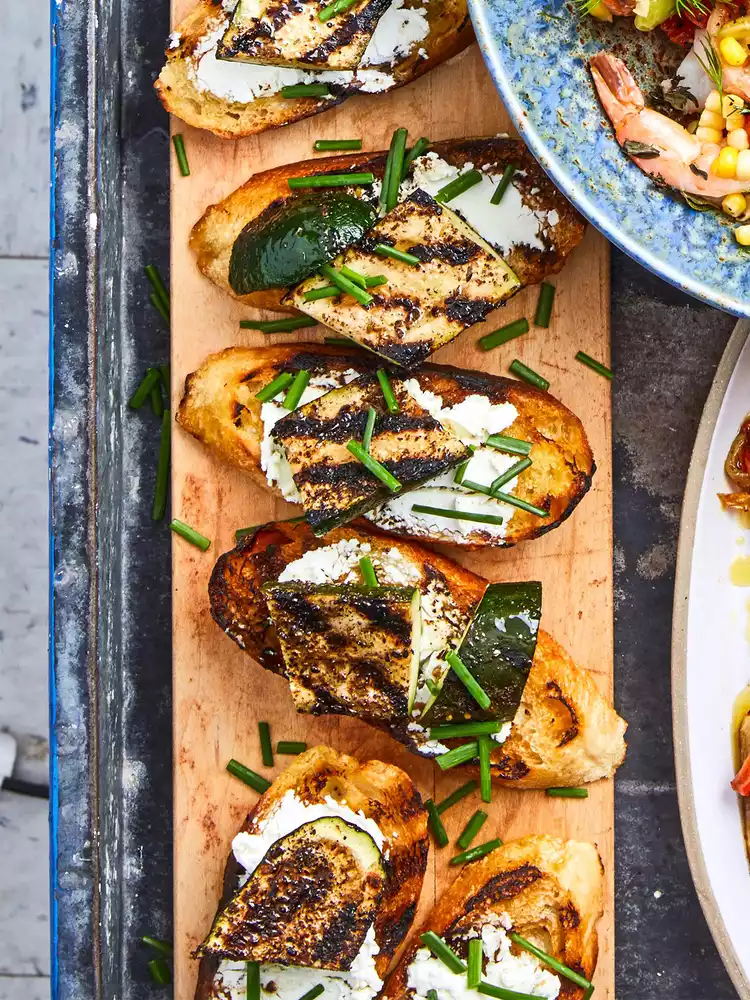
Grilled Zucchini and Goat Cheese Toasts
Put a bumper crop of zucchini to use in this fresh spin on a crostini appetizer recipe.
Hawaiian Bacon-Wrapped Chicken Tenders
A soy, ginger, and pinepple marinade and dipping sauce takes these bacon-wrapped chicken tenders on a trip to the tropical islands.
A Hearty Lunch Option: Shrimp and Rice Lettuce Wraps
A Hearty Lunch Option: Shrimp and Rice Lettuce Wraps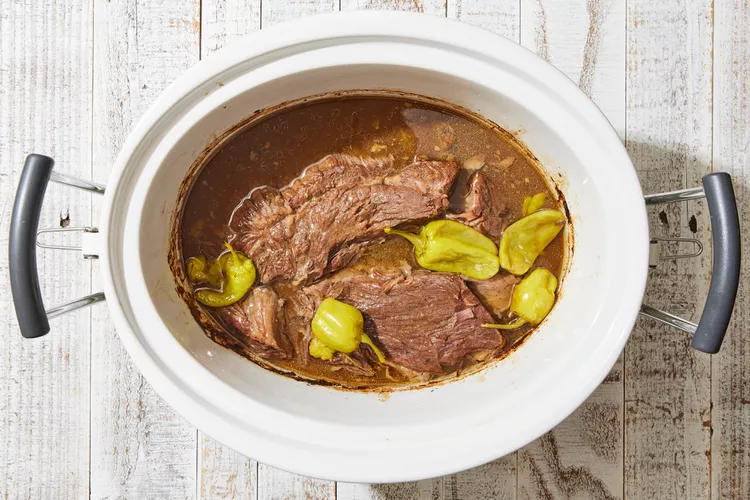
20 Tasty Slow Cooker Dump Meals to Make Busy Days Easier
Don't stress about dinner on busy days—try one of these slow cooker dump meals instead.
A Taste of Greece: Quinoa Salad Inspired by Horiatiki
A Taste of Greece: Quinoa Salad Inspired by Horiatiki